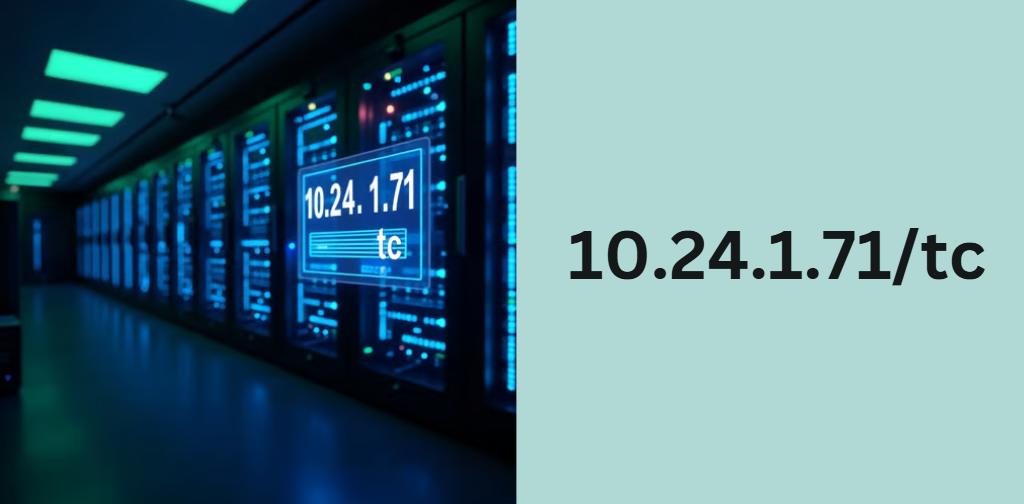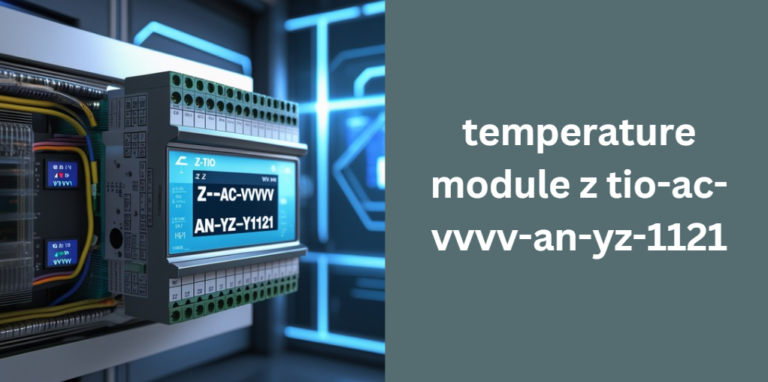The Ultimate Guide to 10.24.1.71/tc – Access, Security & Troubleshooting
The digital world runs on networks, and private IP addresses play a crucial role in secure communication within organizations. One such IP, 10.24.1.71/tc, often raises questions for users trying to access it. But what exactly is it, and why is it important?
In this guide, we will explore 10.24.1.71/tc, its purpose, how to access it, common issues users face, and how to ensure security while using it. Whether you’re an IT professional or just someone trying to understand what this address is, this article will give you a complete and SEO-optimized answer to all your queries.
Understanding 10.24.1.71 – The Private IP Address
What is a Private IP Address?
A private IP address is an IP assigned to devices within an internal network, meaning it is not accessible from the public internet. Private IP ranges are defined by the Internet Assigned Numbers Authority (IANA) and include:
- 10.0.0.0 – 10.255.255.255
- 172.16.0.0 – 172.31.255.255
- 192.168.0.0 – 192.168.255.255
Where Does 10.24.1.71 Fit?
The IP 10.24.1.71 falls under the 10.0.0.0/8 range, which is commonly used by large organizations and internal networks for secure communication. Since it is a private IP, you cannot access it from the internet unless specific configurations (like VPNs or port forwarding) are set up.
The “/tc” Path – What Does It Mean?
The /tc at the end of 10.24.1.71/tc represents a directory or a specific service hosted on this internal IP. Depending on the network setup, this could be:
- A Web Portal – Many companies use 10.24.1.71/tc as an internal dashboard for employees.
- A Configuration Page – IT admins might use it to configure routers, firewalls, or applications.
- A Secure File Repository – Some organizations store internal files in restricted directories like /tc.
- A Testing Environment – Developers might use it as a staging server.
The purpose of /tc depends on how the network is configured, and users need proper credentials to access it.
How to Access 10.24.1.71/tc?
Since 10.24.1.71/tc is part of a private network, you must be connected to that network to access it.
Ensure You’re on the Right Network
- If you’re in an office, make sure you’re connected to the corporate Wi-Fi or Ethernet.
- If working remotely, try using a VPN provided by your IT department.
Access via Web Browser
- Open Google Chrome, Firefox, or Edge.
- Type http://10.24.1.71/tc in the address bar.
- If prompted, enter your login credentials.
Access via Command Line
If you cannot access it through a browser, try:
- Ping the IP: Open Command Prompt (Windows) or Terminal (Mac/Linux) and type:
ping 10.24.1.71If the request times out, the IP might be unreachable. - Check for Open Ports: Use
telnet 10.24.1.71 80If connected, port 80 (HTTP) is open. Otherwise, check with IT support.
Security & Risks of 10.24.1.71/tc
Security is crucial when dealing with private IPs, especially for sensitive applications.
Common Security Risks:
- Unauthorized Access – If weak passwords are used, unauthorized users might gain access.
- Man-in-the-Middle Attacks – If not secured with HTTPS, data could be intercepted.
- Network Vulnerabilities – If improperly configured, hackers inside the network could exploit it.
How to Secure 10.24.1.71/tc?
✅ Use strong passwords for authentication.
✅ Ensure SSL/TLS encryption is enabled (HTTPS).
✅ Restrict access using firewall rules.
✅ Regularly monitor logs for suspicious activity.
Troubleshooting Issues Related to 10.24.1.71/tc
“This Site Can’t Be Reached”
- Check if the server hosting 10.24.1.71/tc is online.
- Verify network connection and firewall settings.
Incorrect Credentials
- Reset your password if login fails.
- Contact IT support for access issues.
Slow or Unresponsive Site
- Restart the hosting server.
- Ensure there is no network congestion.
Advanced Configuration & Customization
If you are an admin managing 10.24.1.71/tc, here’s how you can configure it:
| Feature | How to Configure |
|---|---|
| Change IP | Modify DHCP settings |
| Restrict Access | Set firewall rules |
| Enable SSL | Install HTTPS certificate |
| Monitor Traffic | Use network monitoring tools |
Common Use Cases & Real-World Applications
Many organizations use 10.24.1.71/tc for different purposes. Some of the most common include:
- Company Intranet – Hosting internal portals.
- Network Management – IT teams use it for administration.
- Data Storage – Secure internal file repositories.
FAQs – Answering All Your Questions
Can multiple users access 10.24.1.71/tc at the same time?
Yes, multiple users can access 10.24.1.71/tc simultaneously if the server allows concurrent connections. However, performance may be affected depending on server capacity and network bandwidth.
What kind of software or applications are commonly hosted on 10.24.1.71/tc?
It depends on the organization, but common applications include internal CMS platforms, employee portals, device management dashboards, and security monitoring systems.
How can I determine if 10.24.1.71/tc is being used in my network?
You can run a network scan using tools like nmap or netstat to identify active devices and services associated with 10.24.1.71/tc.
Is it possible to redirect 10.24.1.71/tc to another IP or domain?
Yes, network administrators can configure DNS settings or proxy rules to redirect traffic from 10.24.1.71/tc to another IP or a publicly accessible domain if needed.
What should I do if 10.24.1.71/tc suddenly stops working?
Start by checking the server status, verifying network configurations, ensuring firewall rules allow access, and reviewing logs for possible errors. If the issue persists, contacting IT support is recommended.
Conclusion
10.24.1.71/tc is an internal IP address used for various network applications, from administrative dashboards to secure file storage. Since it is a private IP, accessing it requires being on the correct network or using a VPN. Understanding its purpose, troubleshooting common issues, and ensuring security best practices can help users make the most of this resource while keeping their network safe.
If you’re still facing issues, reach out to your network administrator for support.
Recommended posts
Esports EmbersLasVegas: The Ultimate Guide to Sports and Entertainment in Las Vegas
CEBS I Can’t Hear You Gesture – Meaning, Origin, and How to Use It
Providence Immediate Care in Happy Valley – Complete Guide
The Ultimate Guide to Emails Info ClearSkinStudy – Everything You Need to Know
Rinvoq Ruxience Copay Savings Card – Save on Your Prescription Costs






